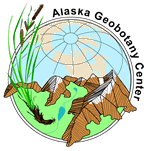
Arctic Vegetation Archive
AVA/AVC Workshop, February 18, 2023 - Vienna, Austria & online
- Agenda (PDF)
- Abstracts (PDF)
- Highlights (IASC Actvity Report)
- Photos
- Workshop report (pending)
Posters
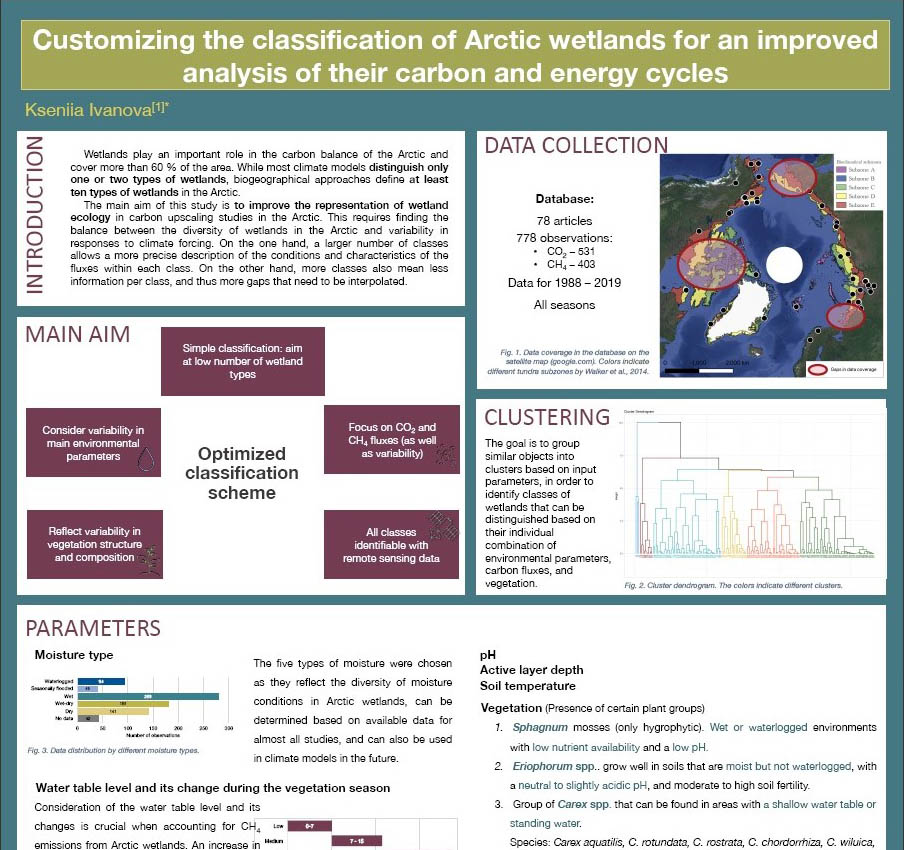 Improving the classification of Arctic wetlands to better understand their role in the carbon and energy cycles
Improving the classification of Arctic wetlands to better understand their role in the carbon and energy cycles
Kseniia Ivanova | Max Planck Institute for Biogeochemistry, Germany
View PosterWetlands in the Arctic play a significant role in regulating carbon levels and have various physical characteristics, such as hydrological conditions and vegetation, that affect their interactions with climate and their exchange of greenhouse gases. While some models only recognize a few types of Arctic wetlands, there are at least ten different types based on biogeographic classification. In order to accurately represent the role of wetlands in the Arctic carbon cycle in modeling studies, it is necessary to find a balance between capturing the diversity of wetland types and the information that is typically available.
To do this, a database was created using data from published studies on Arctic wetland characteristics, including carbon pools and fluxes, for the period 1988-2019. The data, primarily collected using flux chamber techniques, includes site characteristics and methane and carbon dioxide fluxes. However, there is limited data available for some parameters, such as permafrost depth, pH, and water table level. To address this, remotely-sensed data was also included, though it is often less precise. Using statistical analysis, the data was divided into wetland categories based on their methane and carbon dioxide fluxes and their response to environmental factors. The results of this classification are presented for a range of total numbers of categories, allowing for the selection of the most appropriate scheme for a given modeling study.
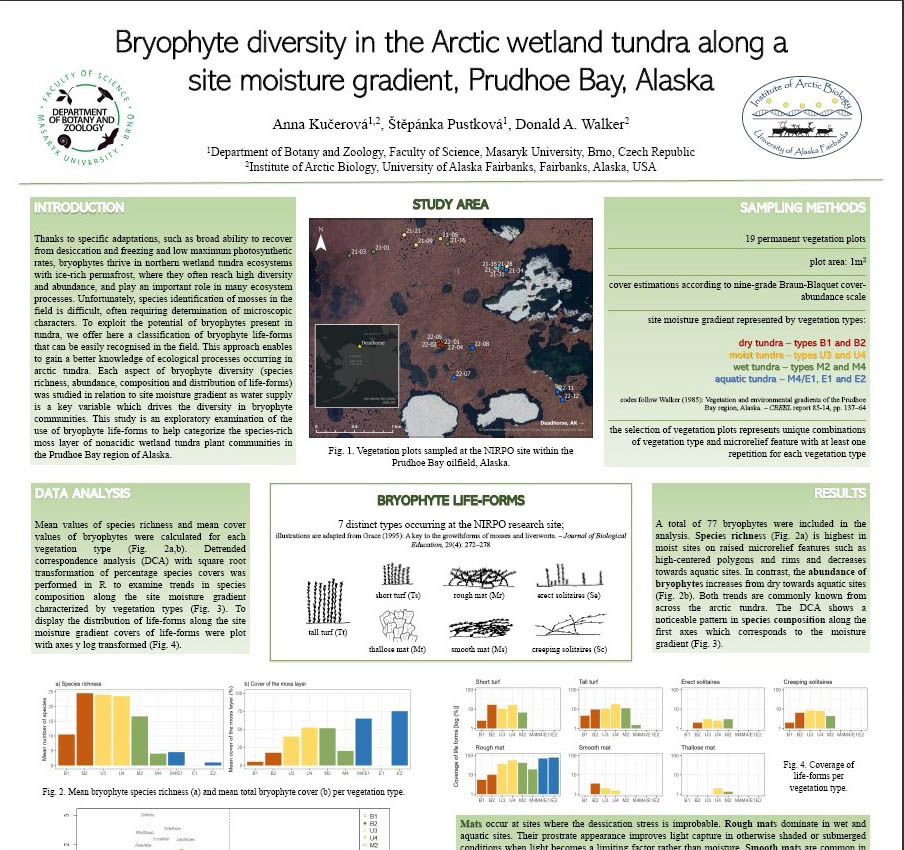 Bryophyte diversity along a site moisture gradient
Bryophyte diversity along a site moisture gradient
Anna Kučerová1, Donald A. Walker2
View Poster- Department of Botany and Zoology, Faculty of Science, Masaryk University, Brno, Czech Republic
- Alaska Geobotany Center, Institute of Arctic Biology, University of Alaska Fairbanks, Fairbanks, Alaska
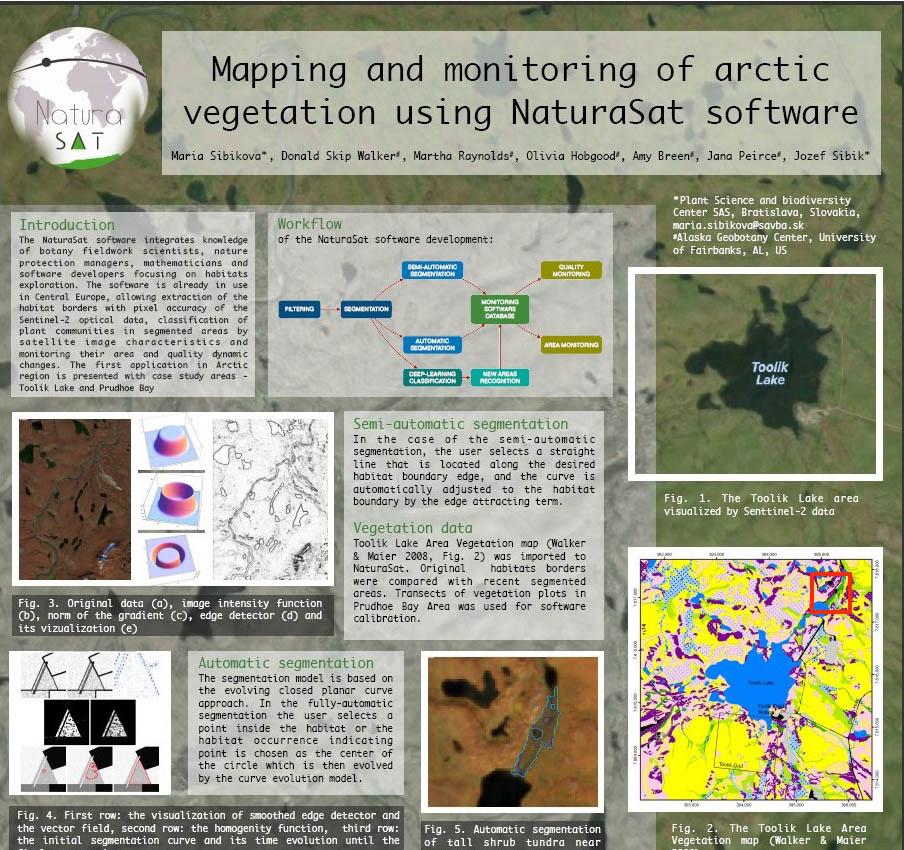 Mapping and monitoring of arctic vegetation using NaturaSat software
Mapping and monitoring of arctic vegetation using NaturaSat software
Maria Sibikova1, Donald A. Walker2, Martha Raynolds2, Olivia Hobgood2, Amy Breen3, Jana Peirce2, Jozef Sibik1
View Poster- Plant Science and Biodiversity Center SAS, Bratislava, Slovakia
- Alaska Geobotany Center, Institute of Arctic Biology, University of Alaska Fairbanks, Fairbanks, Alaska
- International Arctic Research Center, University of Alaska Fairbanks, Fairbanks, Alaska
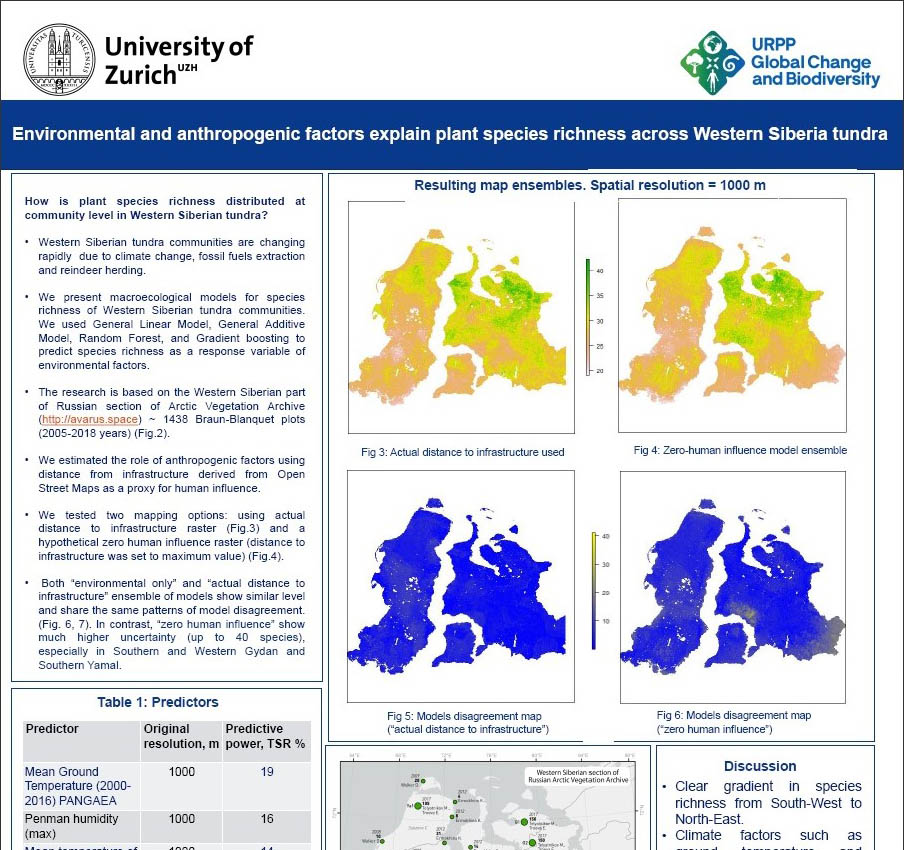 Environmental and anthropogenic factors coshape plant species richness across the Western Siberian tundra
Environmental and anthropogenic factors coshape plant species richness across the Western Siberian tundra
Vitalii. Zemlianskii1, P. Brun2, N.E. Zimmermann2, K. Ermokhina3, O. Khitun4, N. Koroleva5, G. Schaepman-Strub1
View Poster- UZH, Department of Evolutionary Biology and Environmental Studies, Zurich, Switzerland
- Swiss Federal Institute for Forest, Snow and Landscape Research WSL, Landscape Dynamics Research Unit, Birmensdorf, Switzerland
- A.N. Severtsov Institute of Ecology and Evolution, Russian Academy of Sciences, Moscow, Russia
- Komarov Botanical Institute, Russian Academy of Science, Saint Petersburg, Russia
- Polar-Alpine Botanical Garden, Russian Academy of Science, Kirovsk, Russia
